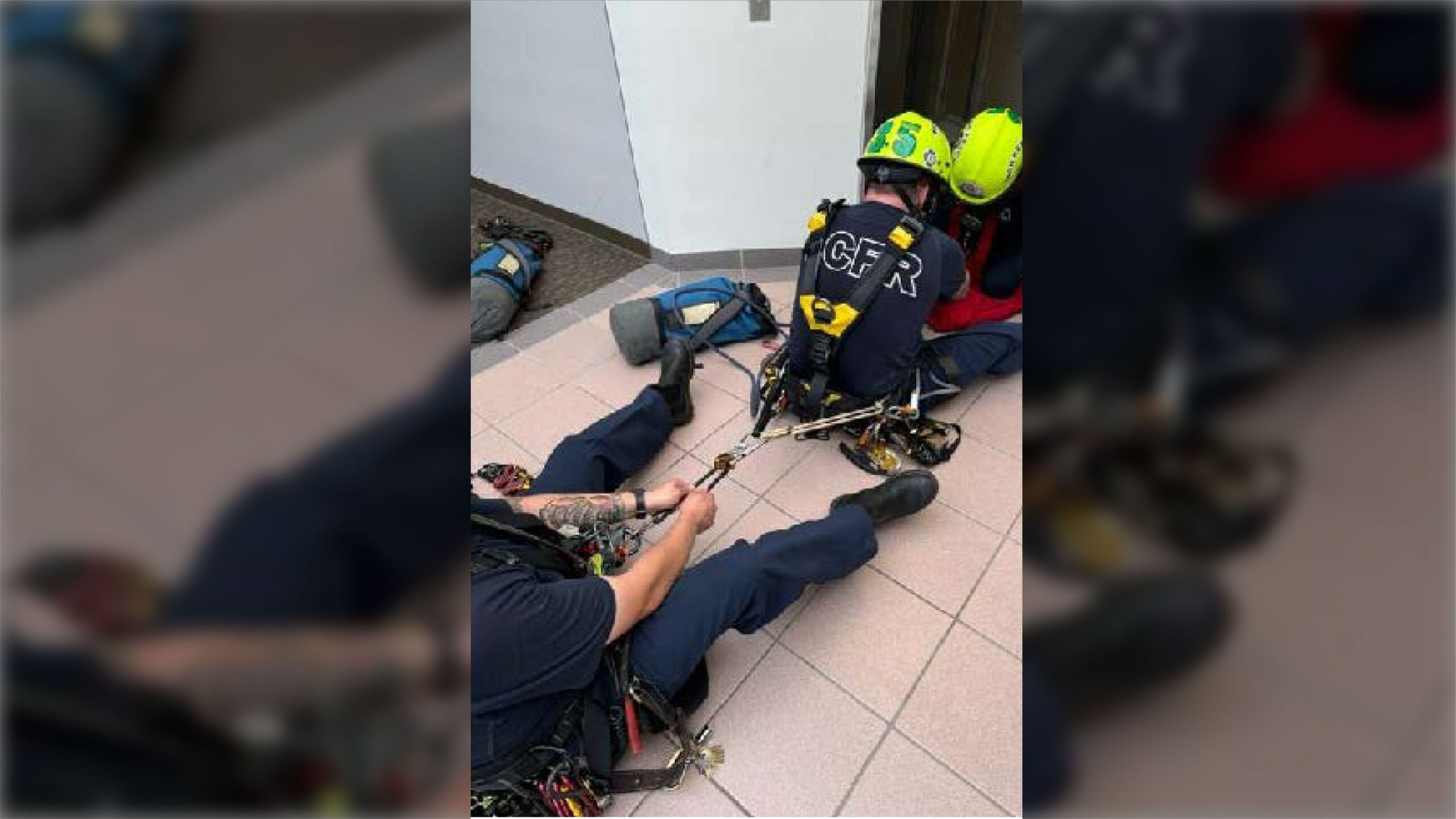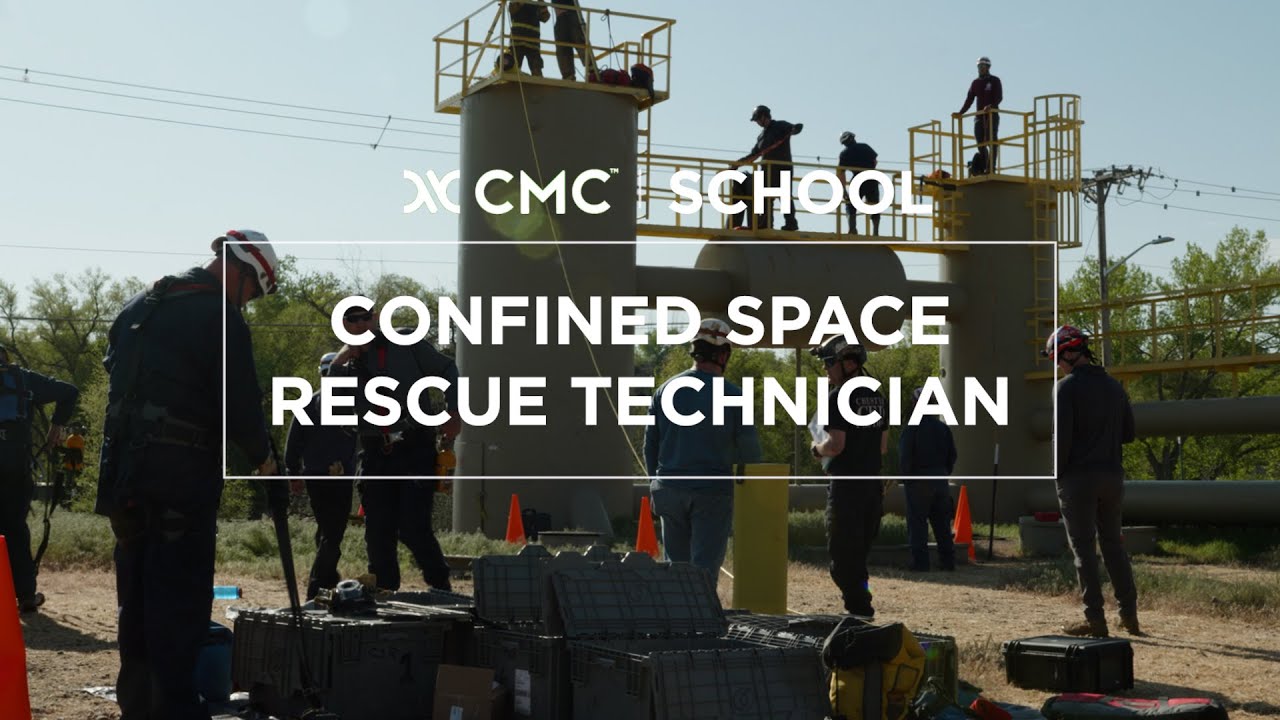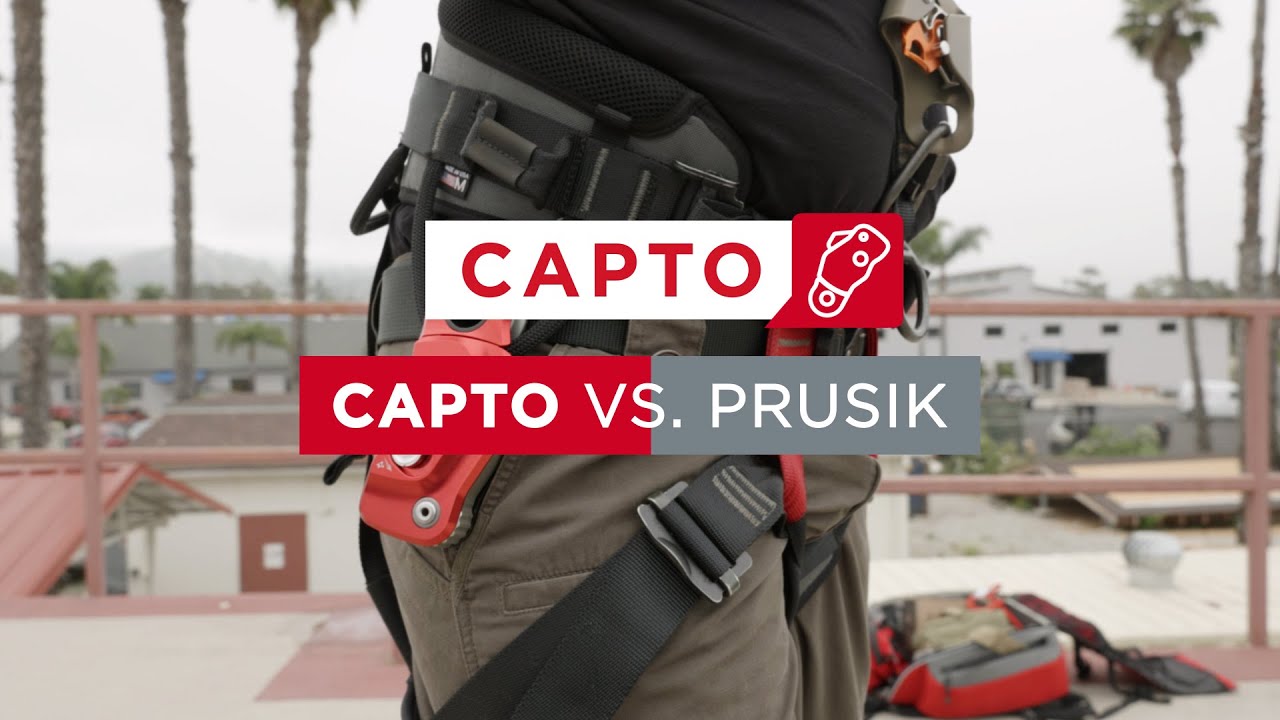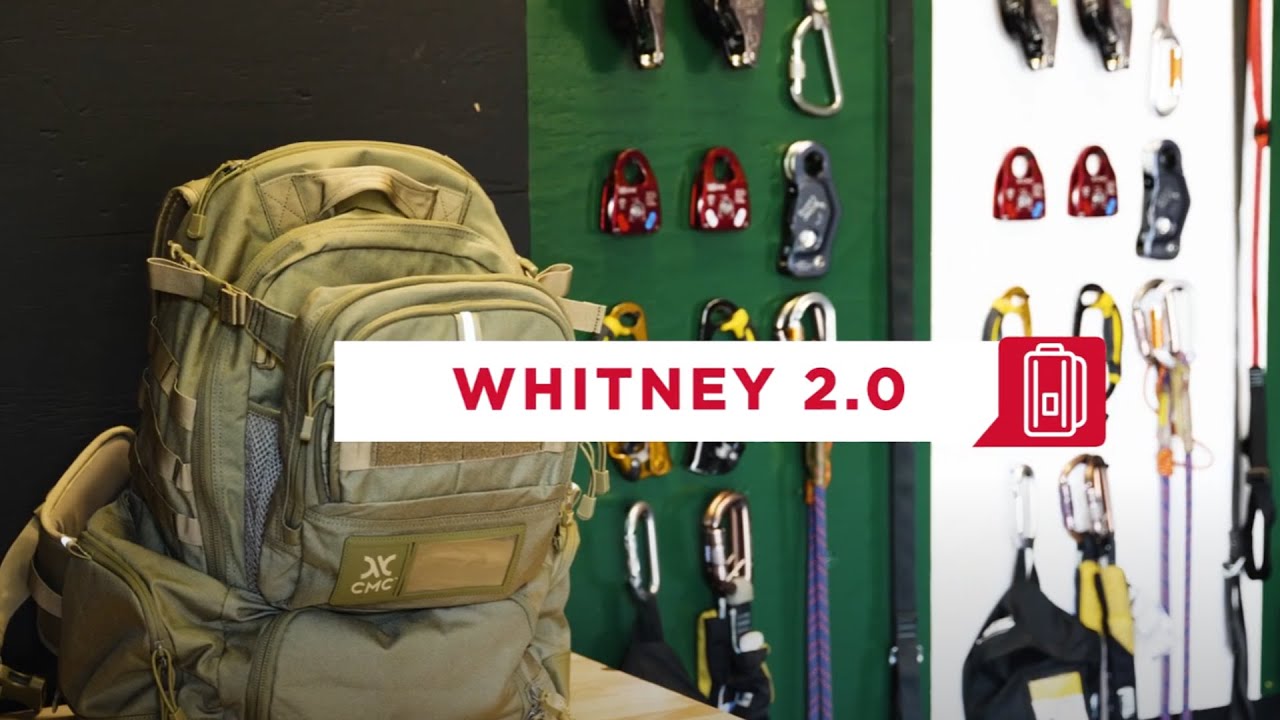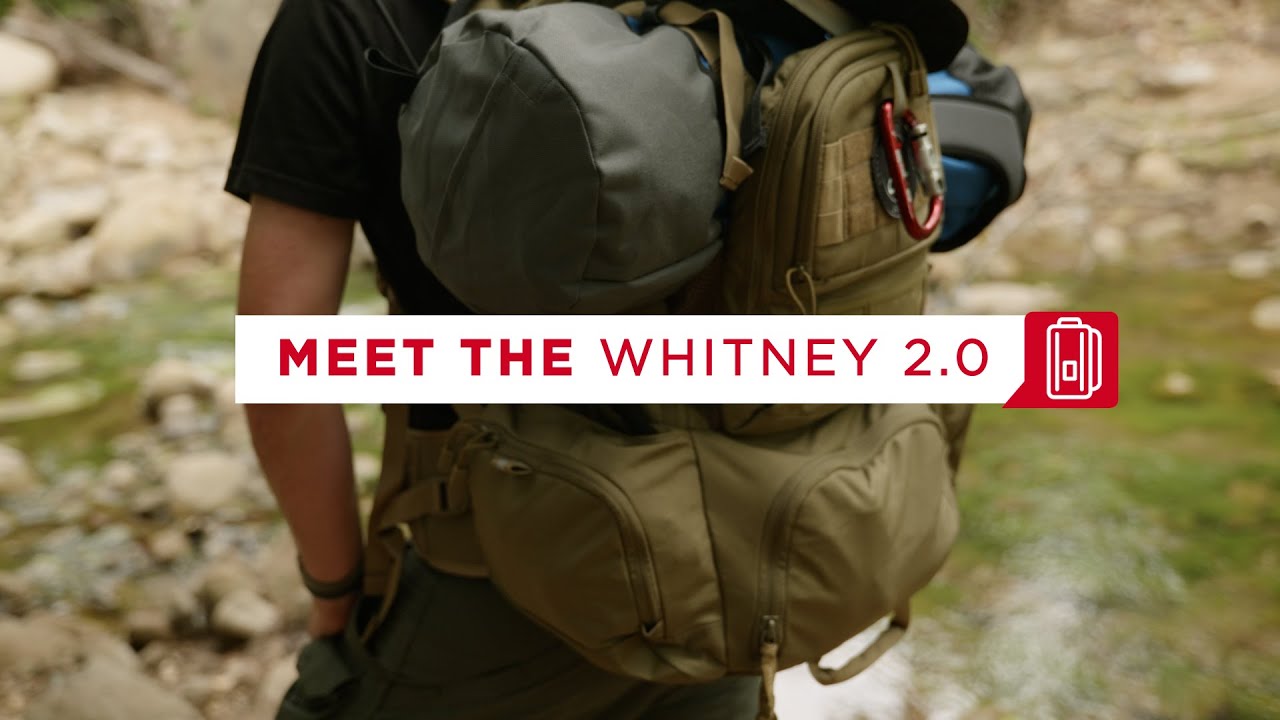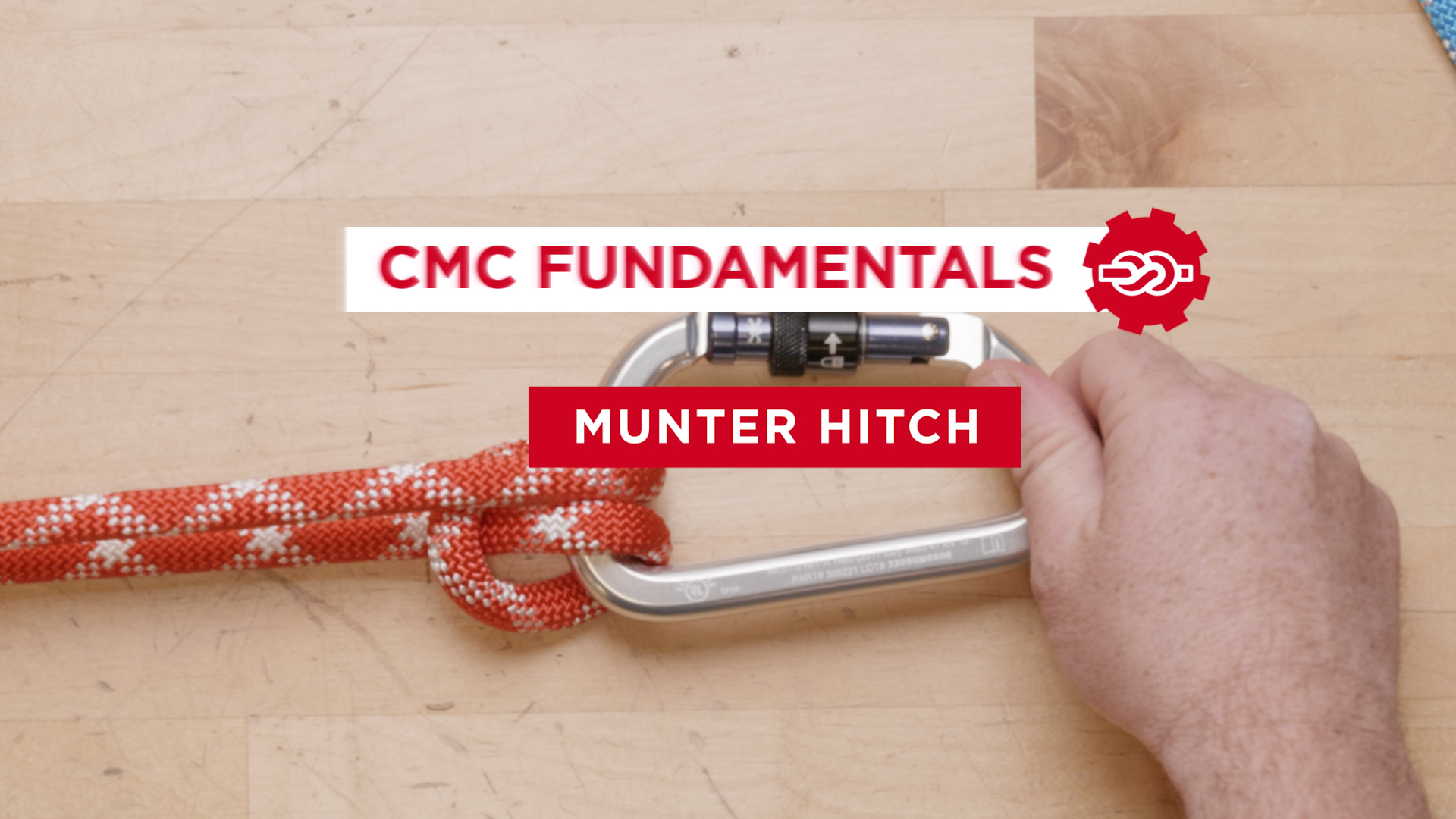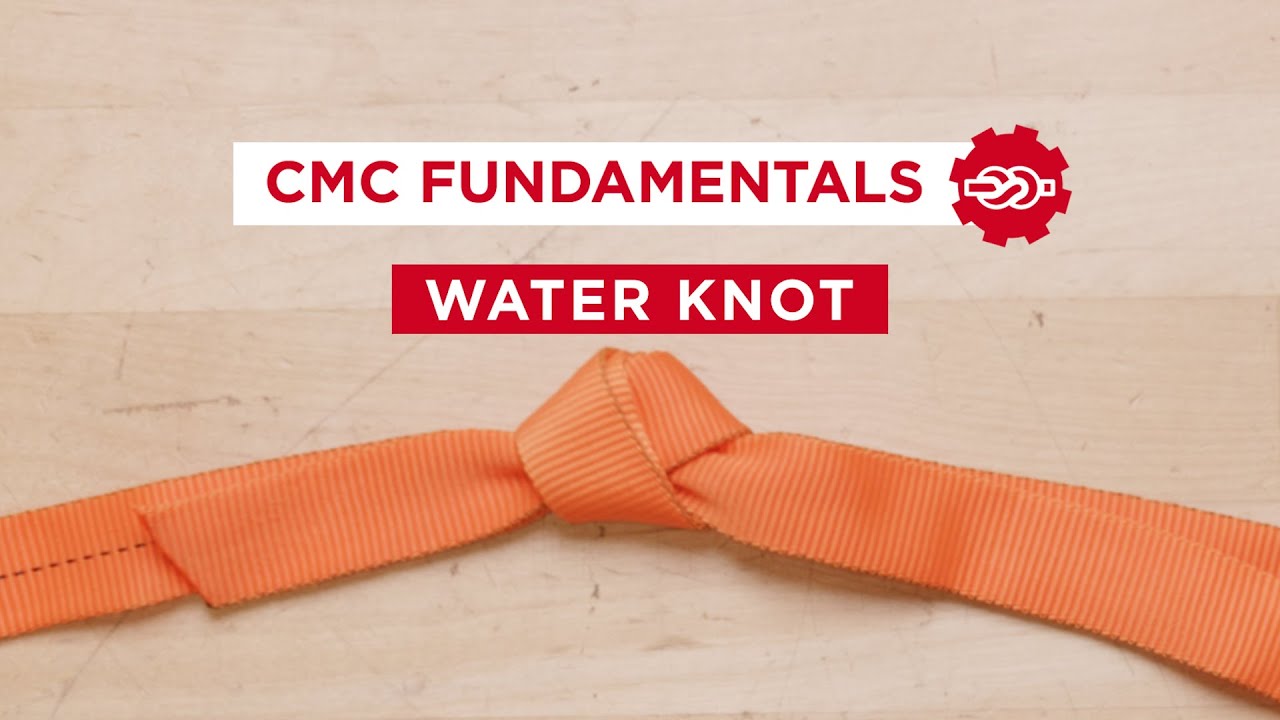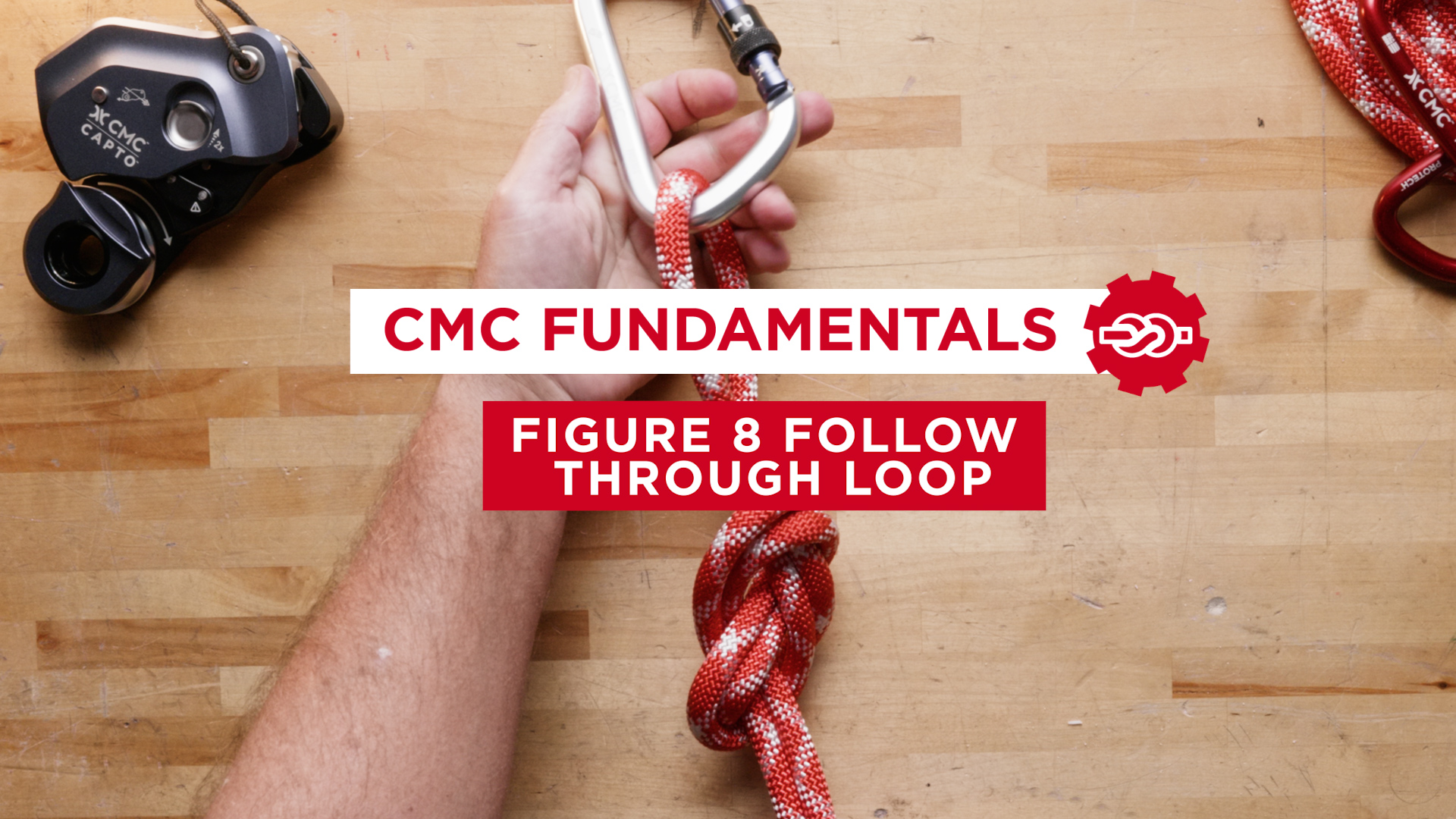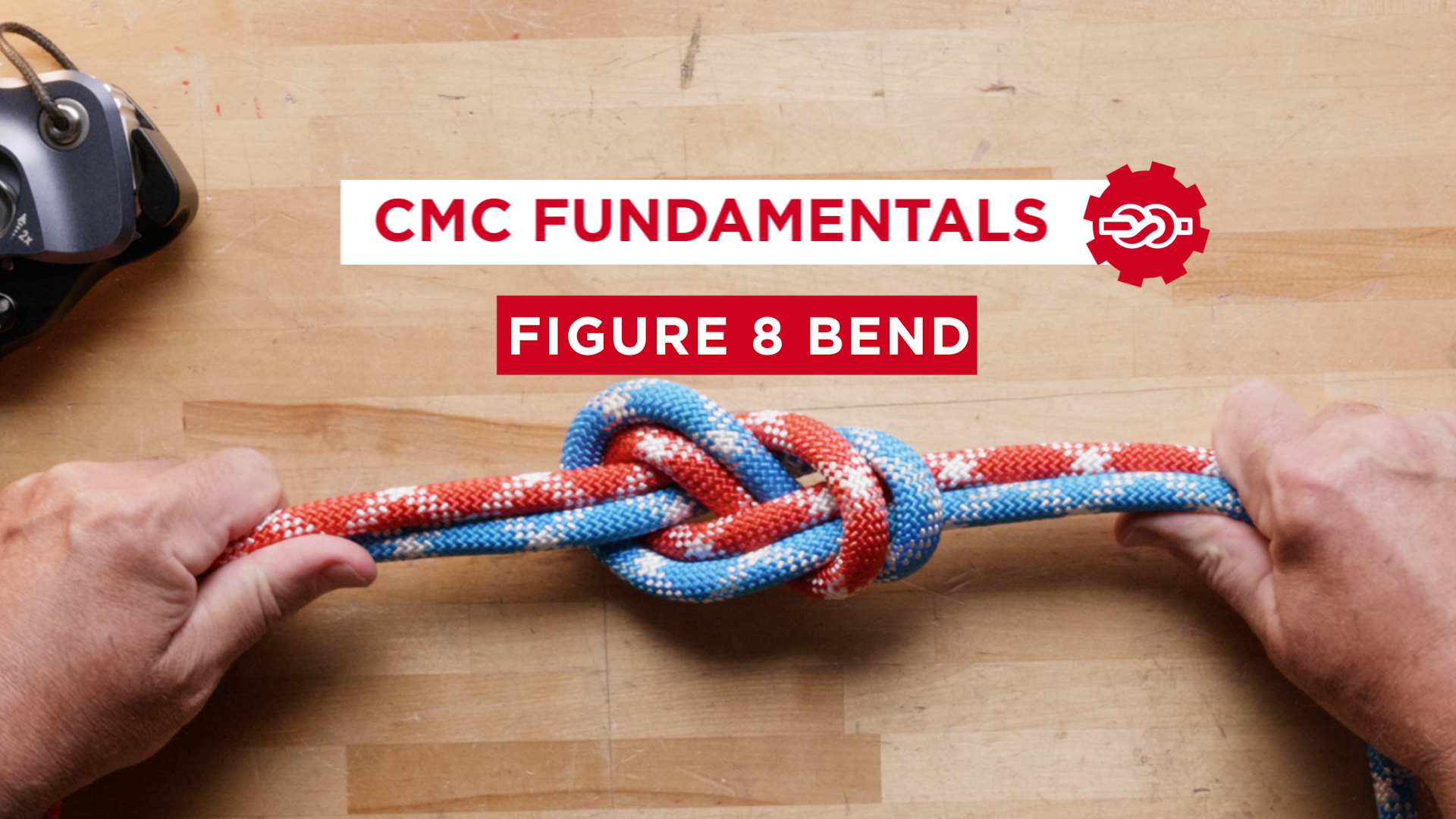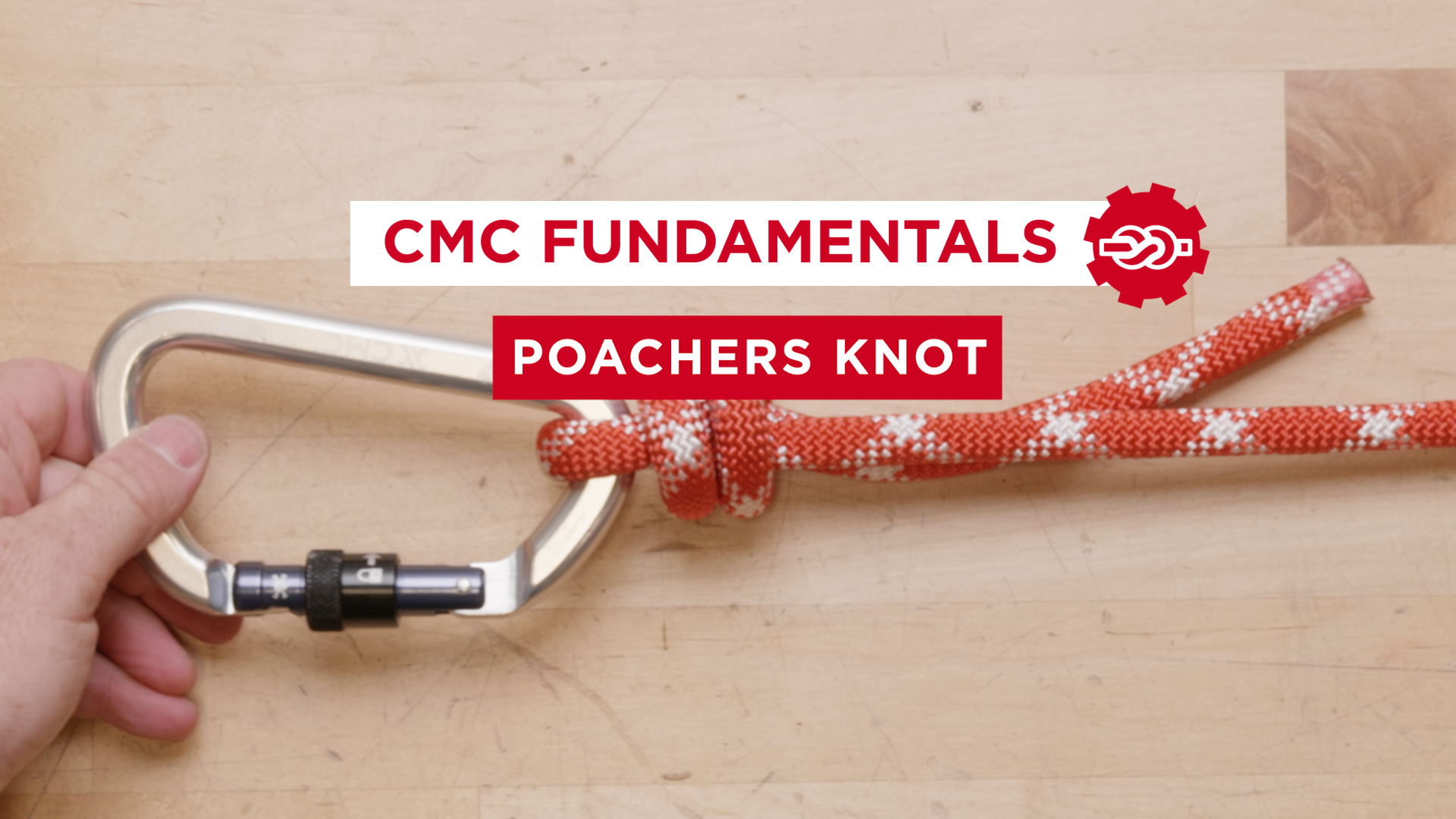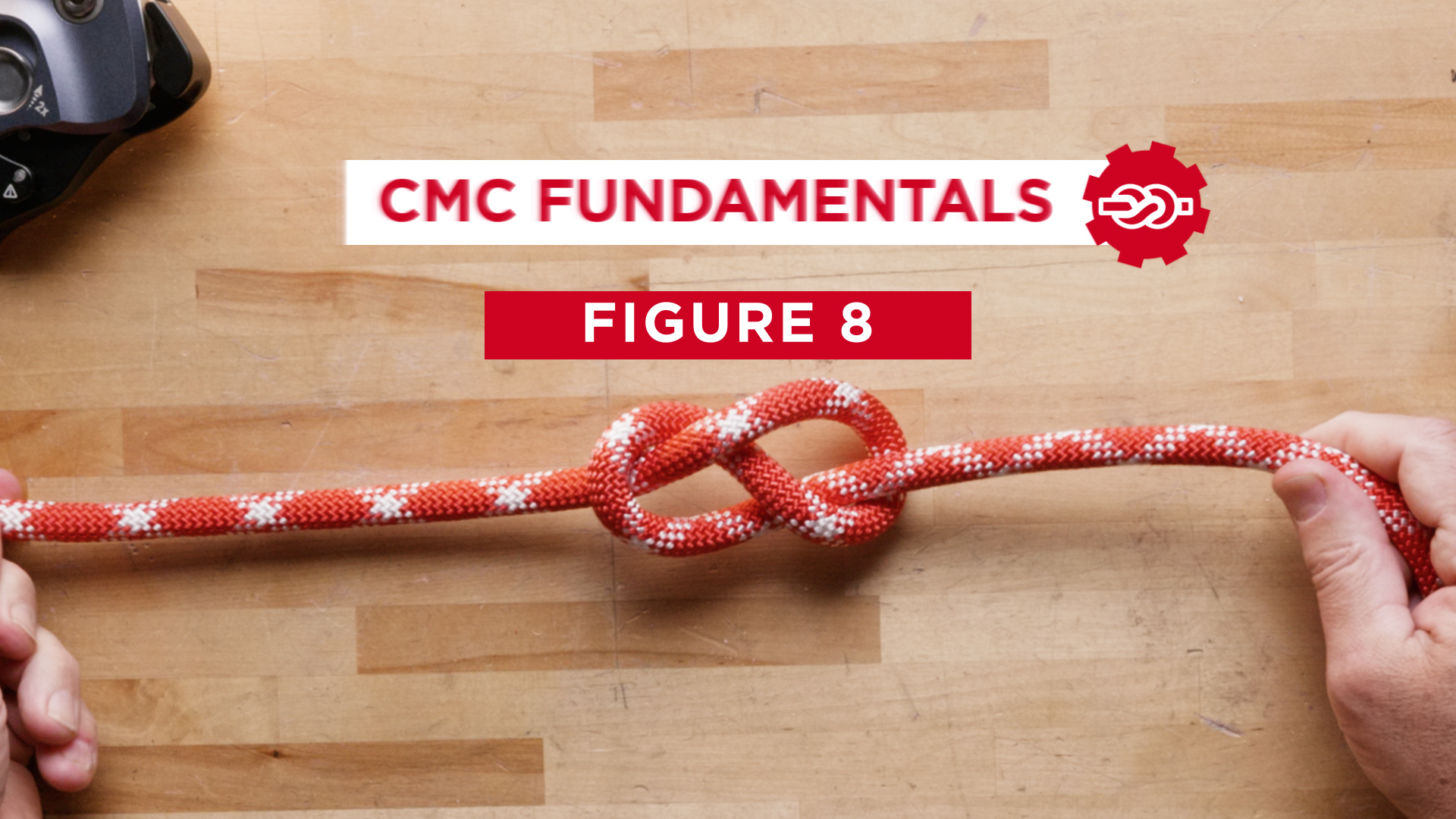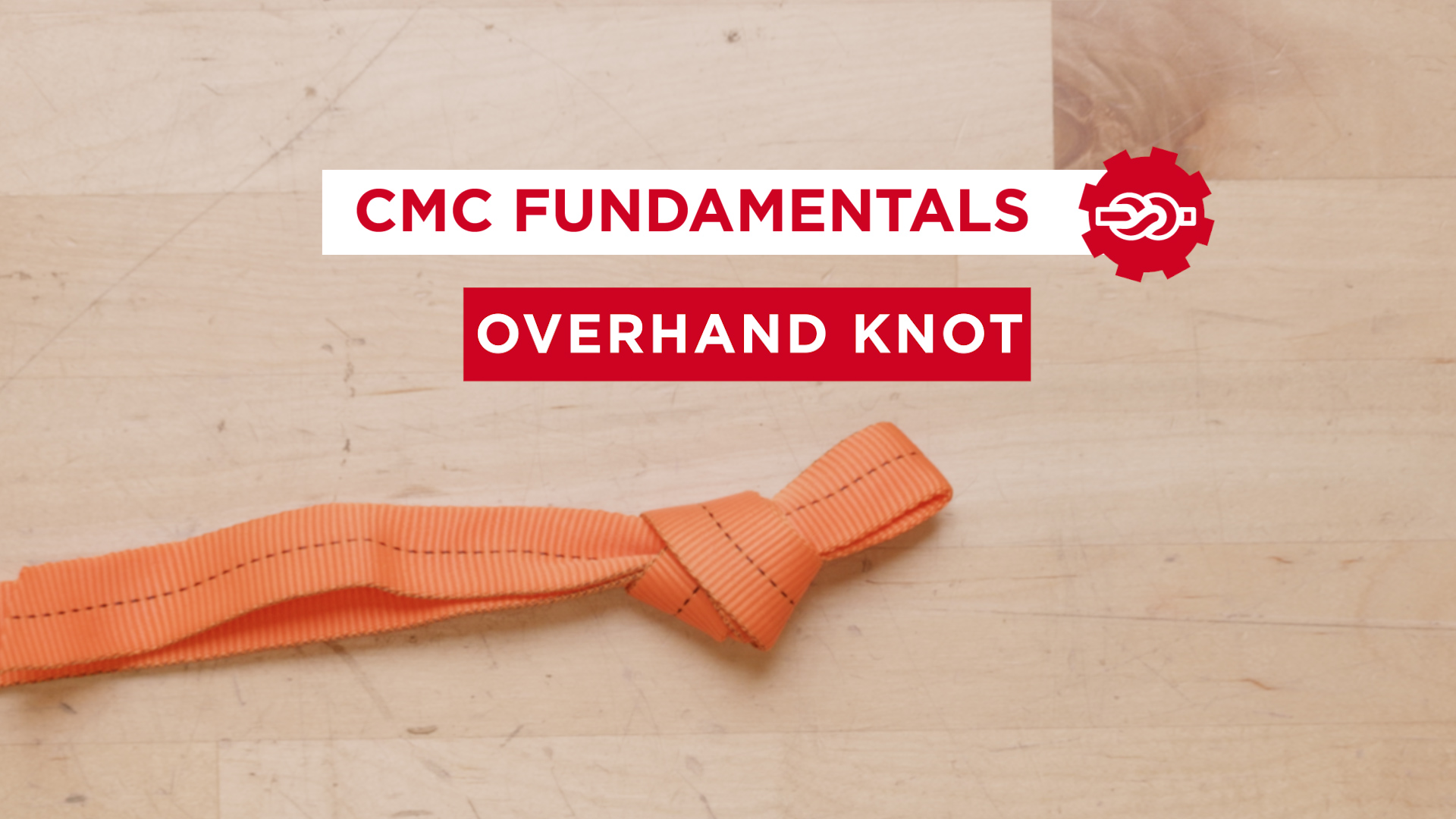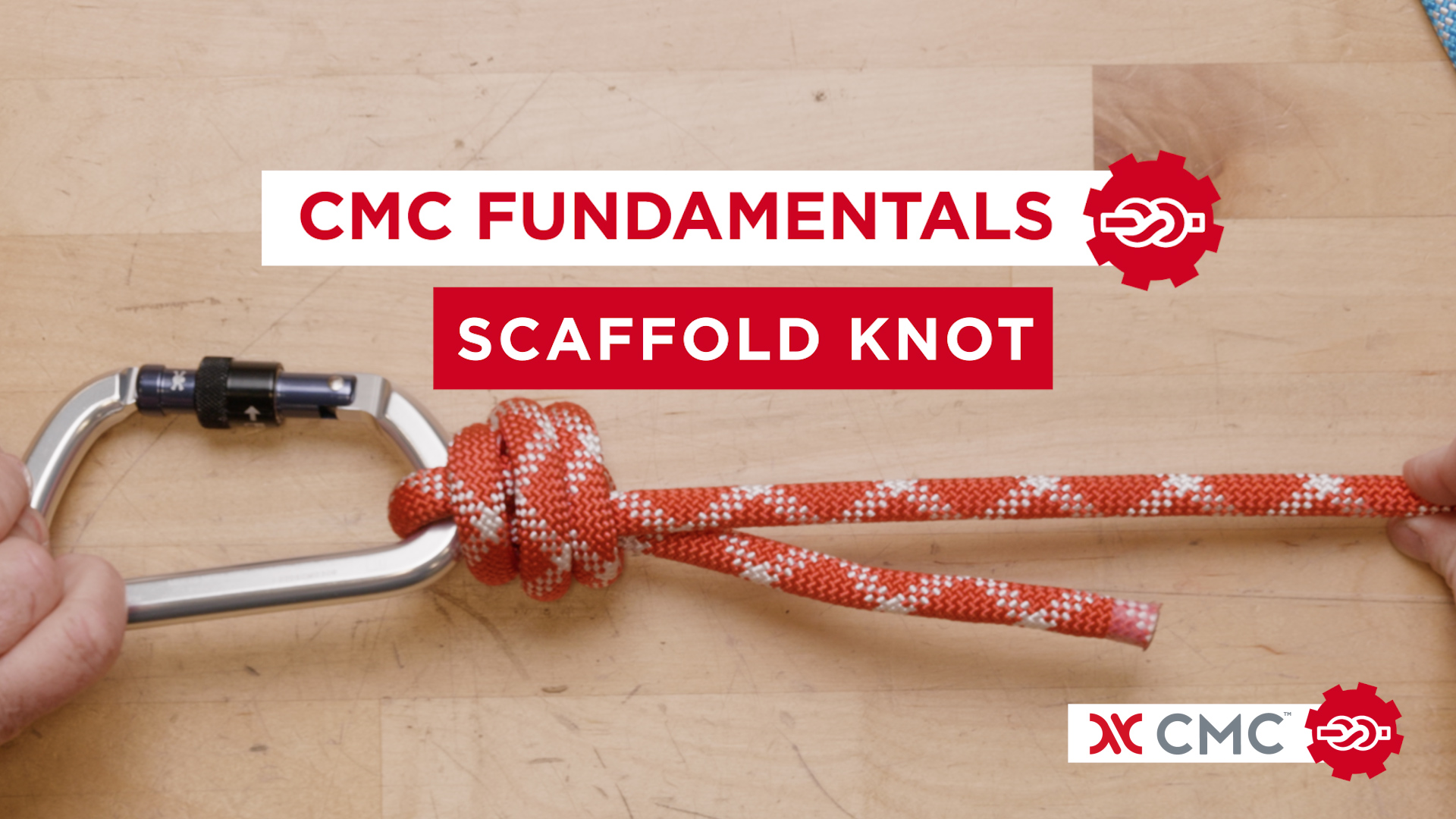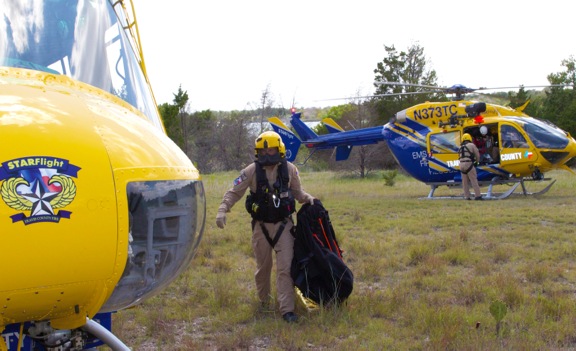
Helicopter Transport Personal Protective Equipment (PPE)
Two recent searches in California required the insertion of field teams into the search area by helicopter. Two different procedures were apparent regarding the wearing of Personal Protective Equipment (PPE) while being transported by a helicopter. Some teams wore their rescue helmet along with eye protection; others had their helmet hanging from the back of their pack. When asked why, the answer was, “the typical search & rescue helmet provided so little protection in and around a helicopter that wearing it wasn’t warranted.”
“Huh, that is truly inaccurate……” was the response from Ken Phillips, NPS Branch Chief of Search and Rescue. While it’s pretty well accepted that SAR personnel flying as crew on a helicopter should be wearing an approved flight helmet, the issue here regards PPE for personnel being transported to a field assignment. The National Park Service will put you in a flight suit and a flight helmet – and Ken points out they will also do this for civilians that are being evacuated by air.
Cedric Smith, president of the Helicopter Rescue and Response Association, provides what appears to be the accepted practice for SAR teams that frequently work with helicopters:
“Helicopters are frequently used to transport SAR field teams to and from their search areas. These transport times are typically short term. Field teams must be appropriately dressed and equipped for the conditions that they will, or potentially will encounter in the field. Some agencies place a time limit on what is considered a “short term” flight, whereas flights going beyond this duration must take into account additional PPE for crew members, including flight helmets and Nomex fiber flight suits.
It’s my opinion that in most instances where SAR field teams (or other qualified non-crewmembers) are spending a brief amount of time being transported in helicopters, and may also be conducting inherently hazardous boarding operations (one skids and hover loads) that climbing helmets should be encouraged as they provide some degree of protection during the transport, and provide the appropriate amount of protection the moment they disembark the aircraft and step foot in the field.”
An additional note from Ken Phillips that both flight helmets and recreational climbing helmets worn by SAR personnel pass stringent penetration tests, although they may be tested to different standards, such as CE or ANSI.
Helicopter operations are dynamic events and operating in the vicinity of a helicopter has the potential to involve flying objects, even when everything is going as planned. Whether approaching or departing an aircraft, working beneath for a hoist or short haul, or just acting as the air marshal, head, eye and hand protection is warranted. Should a hard landing occur, or worse, the typical SAR helmet may provide just enough protection to save your life.
Jim Frank
Founder/ Chairman CMC Rescue, Inc.

